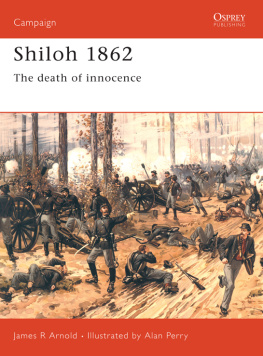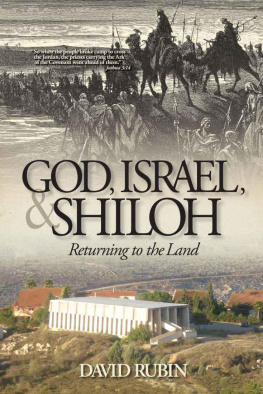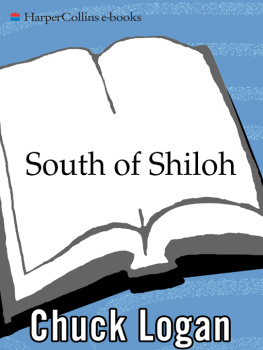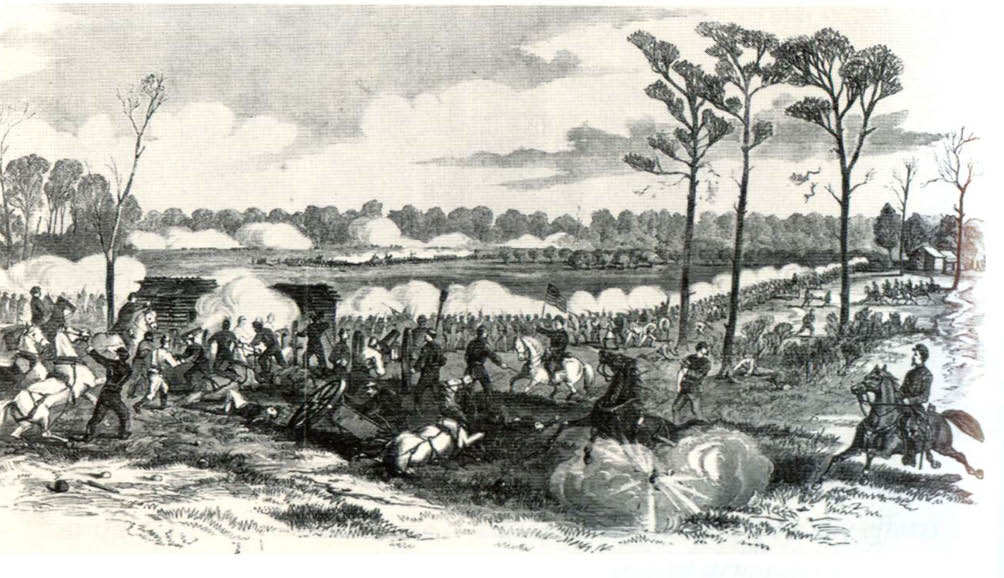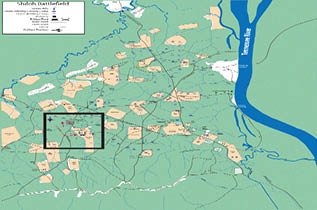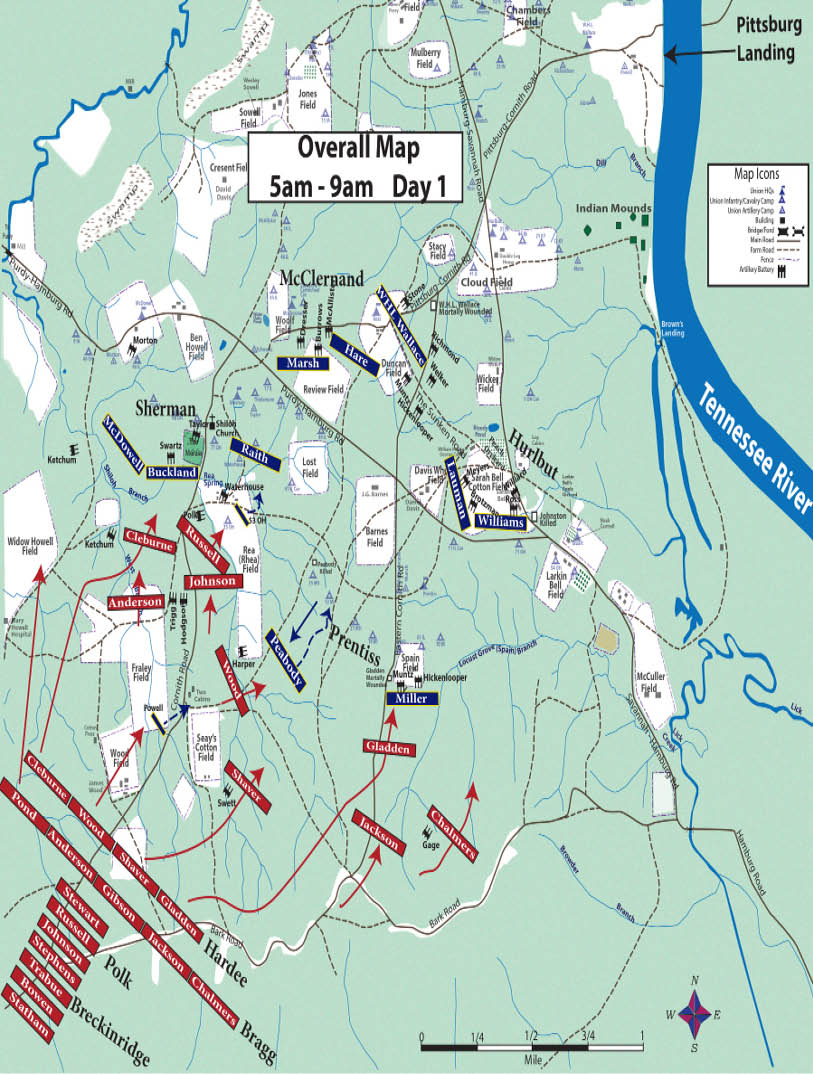Jack L Kunkel - Our Fathers at Shiloh: A Step-by-Step Account of One of the Greatest Battles of the Civil War
Here you can read online Jack L Kunkel - Our Fathers at Shiloh: A Step-by-Step Account of One of the Greatest Battles of the Civil War full text of the book (entire story) in english for free. Download pdf and epub, get meaning, cover and reviews about this ebook. year: 2020, publisher: Pepper Publishing, genre: Non-fiction. Description of the work, (preface) as well as reviews are available. Best literature library LitArk.com created for fans of good reading and offers a wide selection of genres:
Romance novel
Science fiction
Adventure
Detective
Science
History
Home and family
Prose
Art
Politics
Computer
Non-fiction
Religion
Business
Children
Humor
Choose a favorite category and find really read worthwhile books. Enjoy immersion in the world of imagination, feel the emotions of the characters or learn something new for yourself, make an fascinating discovery.

- Book:Our Fathers at Shiloh: A Step-by-Step Account of One of the Greatest Battles of the Civil War
- Author:
- Publisher:Pepper Publishing
- Genre:
- Year:2020
- Rating:5 / 5
- Favourites:Add to favourites
- Your mark:
Our Fathers at Shiloh: A Step-by-Step Account of One of the Greatest Battles of the Civil War: summary, description and annotation
We offer to read an annotation, description, summary or preface (depends on what the author of the book "Our Fathers at Shiloh: A Step-by-Step Account of One of the Greatest Battles of the Civil War" wrote himself). If you haven't found the necessary information about the book — write in the comments, we will try to find it.
* Over 30 Large Battlefield Maps
* Lots of Photos and Illustrations
* Includes Google Map Links to Actual Battlefield Locations
* Includes Casualty Charts and Graphs
The Battle of Shiloh can be difficult to follow because, well, it was so darned messy! This was not a fight like Gettysburg or Antietam where the armies more or less knew what they were doing. With the exception of a few West Point graduates at the top of the command structure, almost everyone on the field at Shiloh was an amateur at the business of war - mostly local lawyers and politicians leading tens of thousands of their hometown boys into the gates of hell. Whats amazing is the amount of damage these amateurs were able and willing to do to each other in just 18 hours or so of active fighting. For those who survived the inferno without running and without losing any important body parts,
Shiloh served as an excellent on-the-job training site for many future war leaders. But they certainly left a mess for those of us writers trying to explain the battle a century or so later. For possibly that reason, many books on Shiloh tend to discuss the politics and battles leading up to Shiloh in such depth that its not until a hundred pages or so that anyone fires a shot at Shiloh. In this book Ive confined the political foreplay to the first chapter. After that we get down to the business of discussing the battle itself, in all of its confusion. Ive dispensed with footnotes, since this work is not meant to be a scholarly treatise, though I can back up any part of the book with references if needed - almost all of them came from the books listed in the References section.
I consider myself a splainer not a historian, though I love Civil War history. I admire those historians who came before me and did the in-depth research on the battle, but my object is to synthesize their findings and explain them in an interesting way that readers can understand. A pet peeve of mine with books about battles is that Im often unsure which, if any, map relates to whatever is being discussed in the text. I hate thumbing through 20 pages to find the map that matches the text! Basically, when Im reading about a battle, I want a map handy that shows me exactly where that location is on the battlefield, how it relates to the overall battlefield, which way the units were facing, which units were to the left or right, and what the participants looked like if any photos are available. Furthermore Id like to be able to take those maps and walk the current battlefield, knowing what happened where and when. For that reason Ive included maps in almost every chapter, all big enough to be visible from outer space. Since there werent many photos taken of the Shiloh field after the battle, Ive settled for illustrations, which are generously sprinkled throughout the book.
For those of you who read this book, my goal is that youll come away with a better understanding, not only of what happened there, but a better understanding of what it was really like for the men and boys who fought in that terrible battle at Shiloh.
Jack Kunkel
Jack L Kunkel: author's other books
Who wrote Our Fathers at Shiloh: A Step-by-Step Account of One of the Greatest Battles of the Civil War? Find out the surname, the name of the author of the book and a list of all author's works by series.



